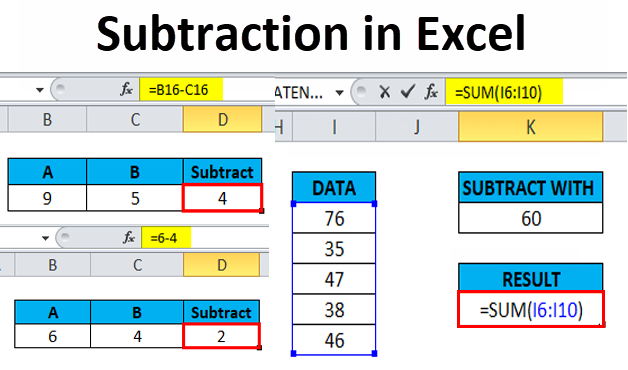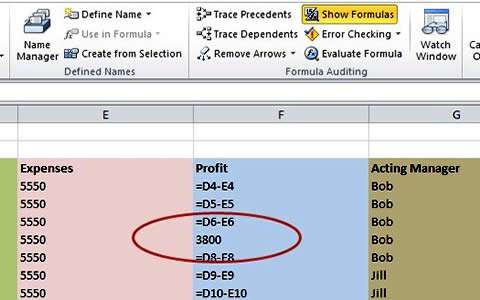

Excel will close the parenthesis for you automatically and perform the calculation. Follow these steps to subtract numbers in different ways: Select all of the rows in the table below, then press CTRL-C on your keyboard. While holding the mouse button, drag the mouse from A1 all the way to A10. That is an equal sign, the word SUM, and an open parenthesis.ģ. Microsoft Excel provides two functions specially designed for calculating weekdays - WORKDAY and NETWORKDAYS. Click the cell where you want the final result to appear (such as A11). Remember that any numbers you want to subtract should have a minus sign ( -).Ģ.

Enter the numbers you want to use in each cell from A1 through A10. In fact, this function can combine addition and subtraction into a single operation - you simply need to put a minus sign in the cell of every number you want to subtract (this means the number will look like a negative number).ġ. Using the SUM function, we can calculate the result easily. Suppose you have a set of numbers stored in cells A1 through A10, and you want to subtract them.

See the numbers below: 60,754.62 60,280.33 474.2900000000010000000 Now, while I haven't 'flipped the bits' myself, I'm pretty sure this is floating point round off. I have a simple financial spreadsheet, subtracting entered numbers in two columns, when I encountered a bizarre rounding error. You can use the previous technique to subtract cells, but if you have several cells you want to subtract, there is an easier method - you can subtract a range of cells all at once. Excel can't subtract two numbers correctly. You can always ask an expert in the Excel Tech Community or get support in the Answers community.How to subtract a range of numbers in Excel Type the amounts of your deposits and withdrawals into the empty rows directly below the existing data.įor instance, if you were using the example above, you would type the deposits into A4, A5, and so on, and the withdrawals into B4, B5, and so on.Įxtend the running balance formula into the new rows by selecting the last cell in the balance column and then double-clicking the fill handle.įor instance, if you were using the example above, you would select cell C3 and then double-click its fill handle to extend the formula into all new rows that contain deposit and withdrawal values. When one of the numbers is negative the result is incorrect. To maintain the running balance, add a row for each new entry by doing the following: Im using a subtraction formula and if the numbers are positive the result is correct. Ive got a list of marks (col T), and I want to create a new column subtracting 5 from each value.

Set up a worksheet like the following example.Ĭlick anywhere outside cell C3 to see the calculated total. For more information, see Calculate a running total in Excel. Note: A running balance differs from a running total (also called a running count), in which you watch the number of items in a worksheet add up as you enter new items.


 0 kommentar(er)
0 kommentar(er)
